This is a gallery of especially nice stuff that I compiled over a couple years. Not complete in any means.
Work stuff
Arctic Weather Satellite
This is me working in the University of Bern clean room, for the assembly and test of some RF components for the Arctic Weather Satellite. Lots of colleagues and me worked quite a while on this, to make the calibration units and miscellaneous optical components for the satellite that is now in operation since August 2024.
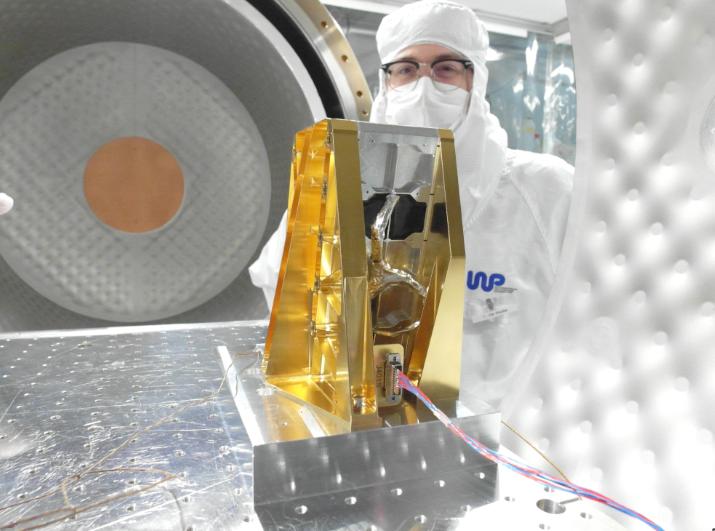
Radiometer components
My WR15 waveguide directional coupler, used in the TEMPERA-C instrument for temperature measurement in the atmosphere. It is used together with the horn antenna, also shown below, which is a corrugated, ultra-gaussian horn antenna with circular waveguide. The transition from circular to rectangular waveguide is done via an orthomode transducer that is not shown in the below pictures.
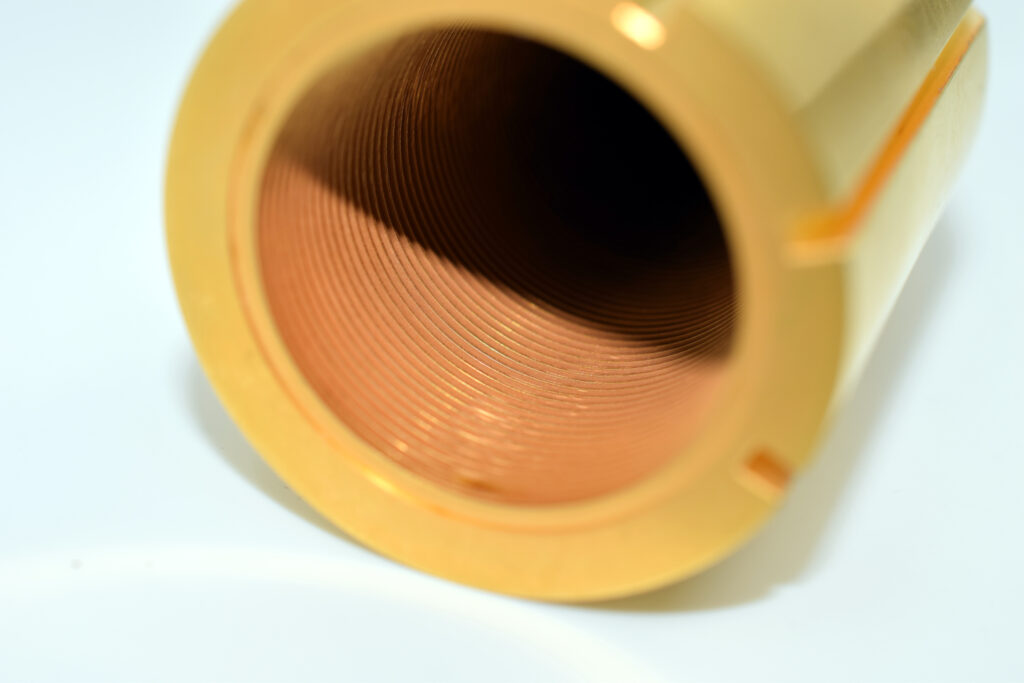

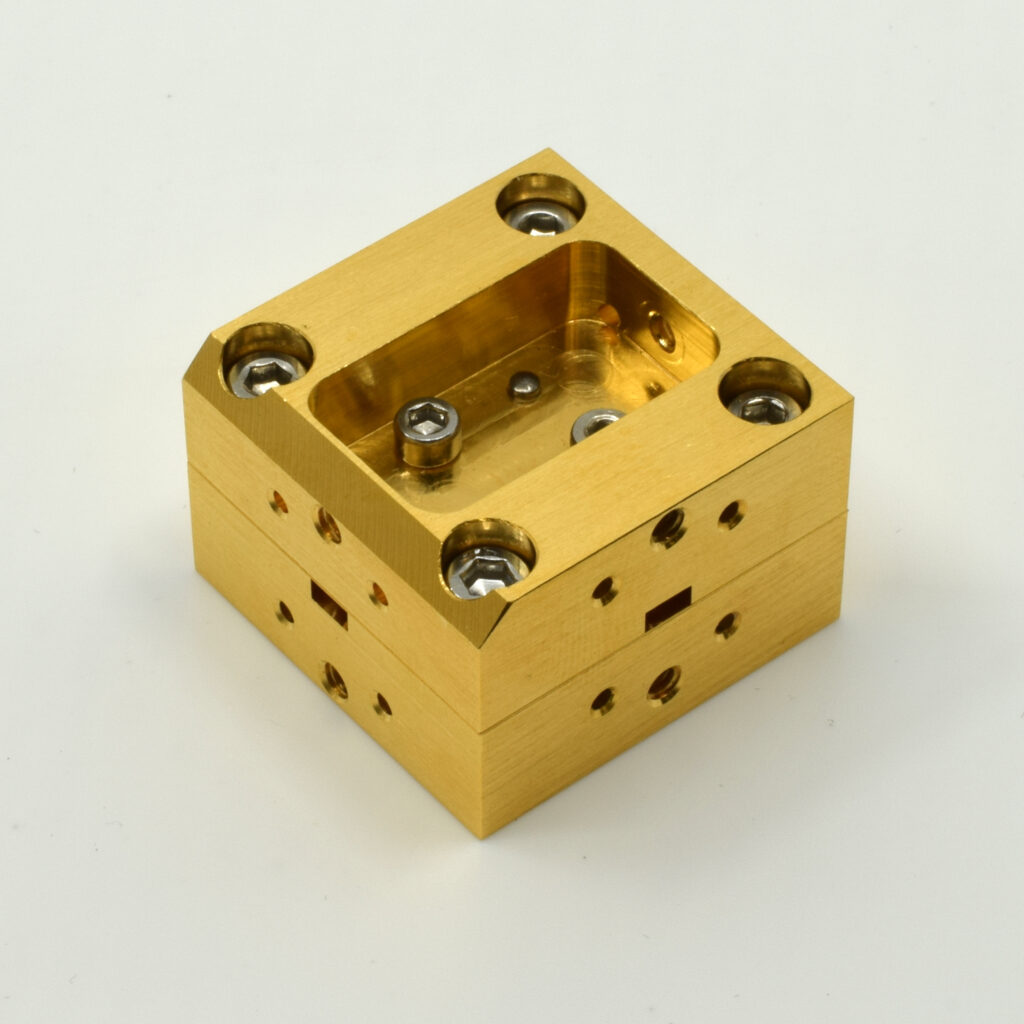
Also for the same radiometer, I made a waveguide based bandpass-filter that works in the V-band and is used to suppress the unwanted sideband, i.e. passes the upper sideband between 52 GHz and 54 GHz. The measurement data shown has quite a lot of ripple because for “just a quick measurement” I did not do a proper calibration…..
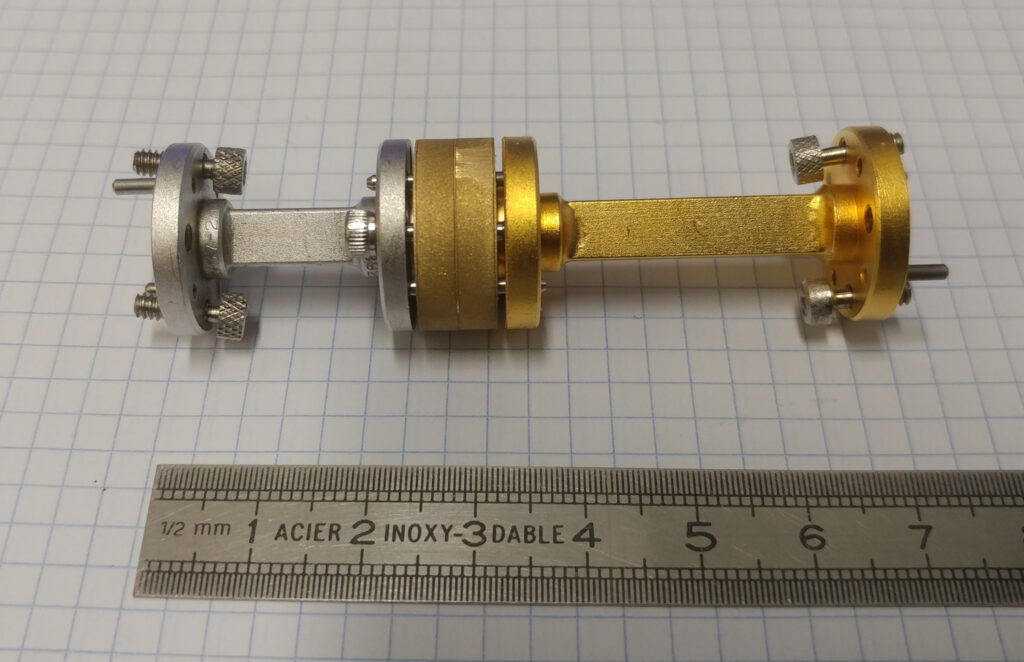
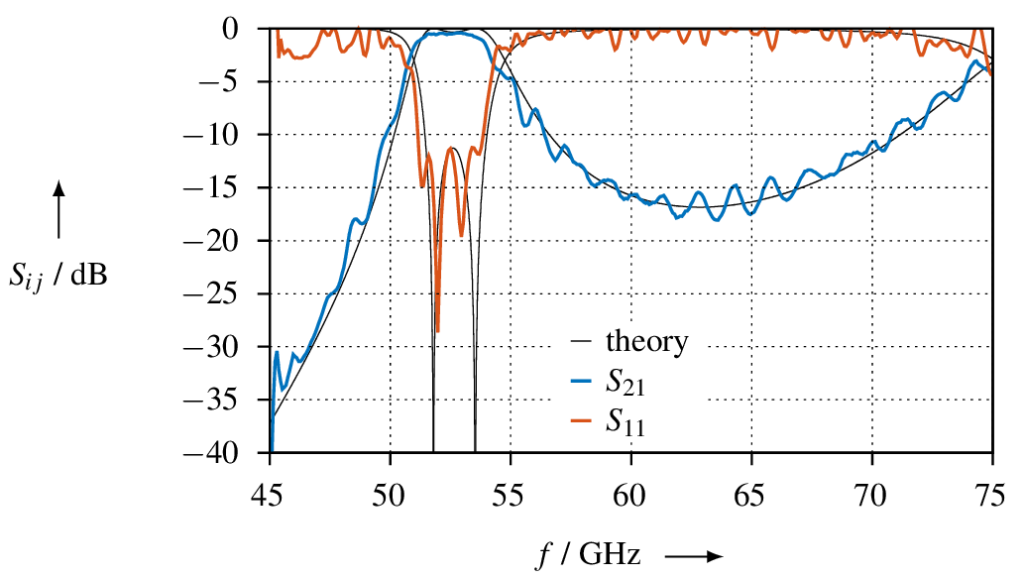
The filter is constructed with shims that are stacked on top of each other and are aligned using dowel pins. The stack of shims is then directly attached to the subharmonic mixer which downconverts the 52..54 GHz band to the IF.
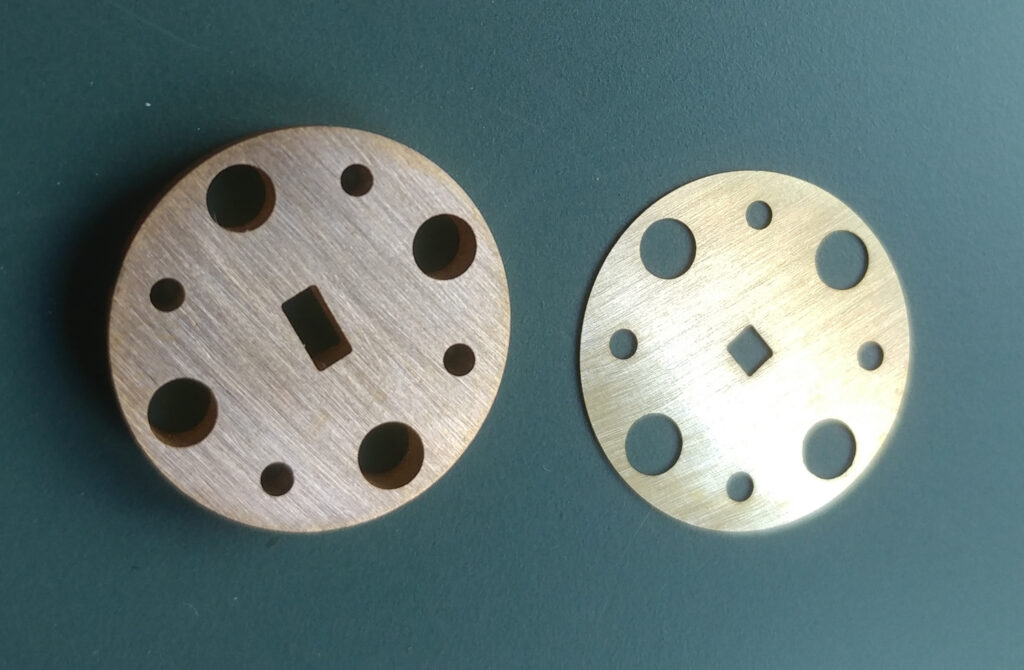

Submillimeter Wave Instrument SWI
I was also collaborating on a couple tasks for ESA’s JUICE which was launched in April 2023. I was mainly involved in characterising and qualifying components, such as the onboard calibration unit or the reflectors for SWI. Here is a nice paper about this.
Hobby electronics projects
GPSDO
This is my homemade GPSDO. It provides stable 10 MHz and 1PPS signals that are phase locked to GPS. After quite a long development and testing time I can say it works very reliably and stable. However it lacks Ethernet, so for this reason, at some day, I want to make a new version that includes a small Raspberry Pi that allows the GPSDO to be used as network clock, too.
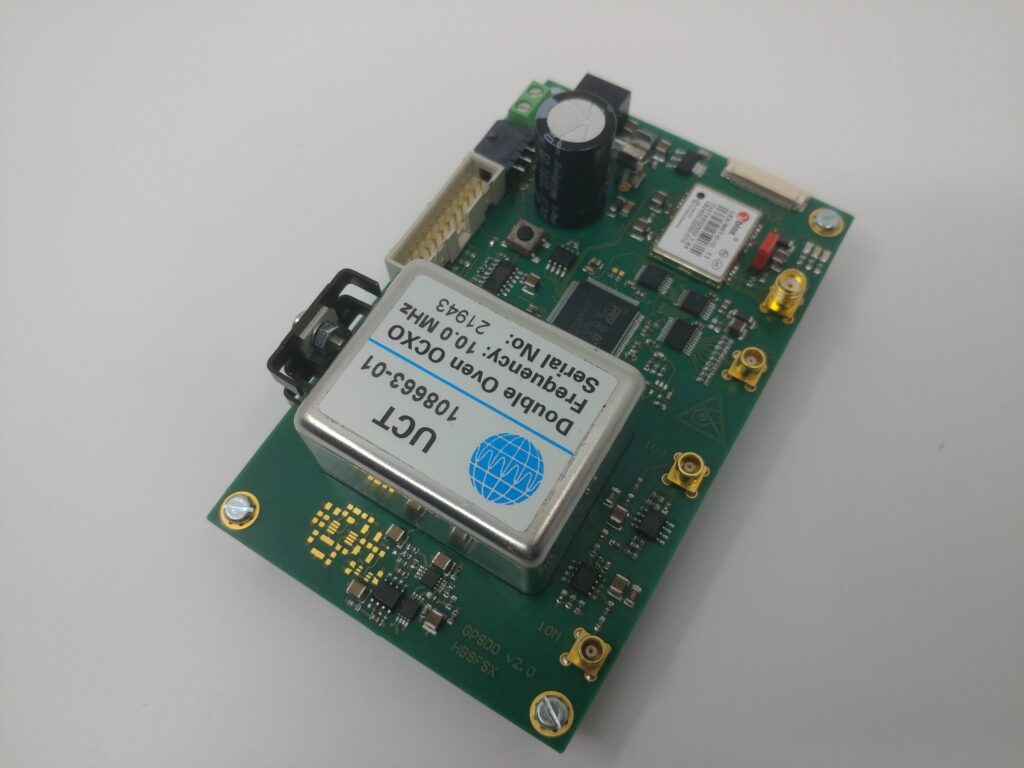
Waveguide Filter
I made this waveguide filter, not because I needed one, but just because I wanted to know if I can make one. (Answer: yes.)
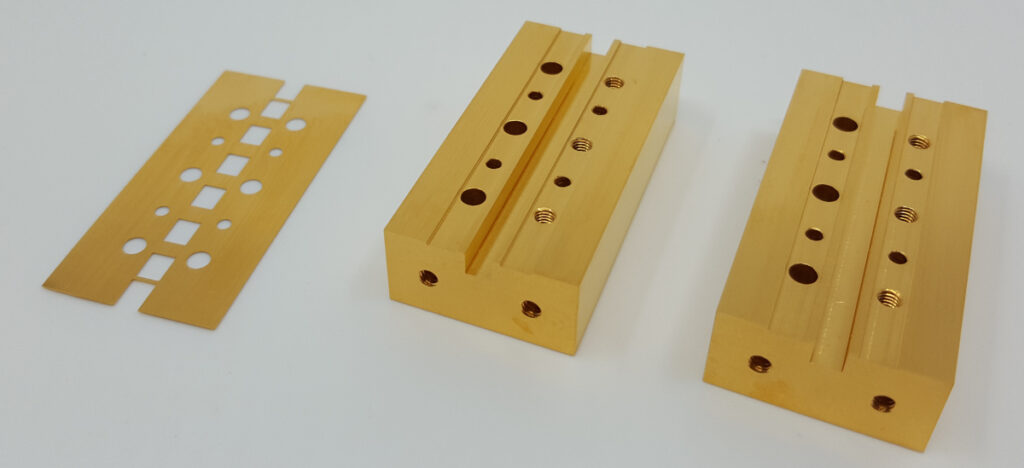
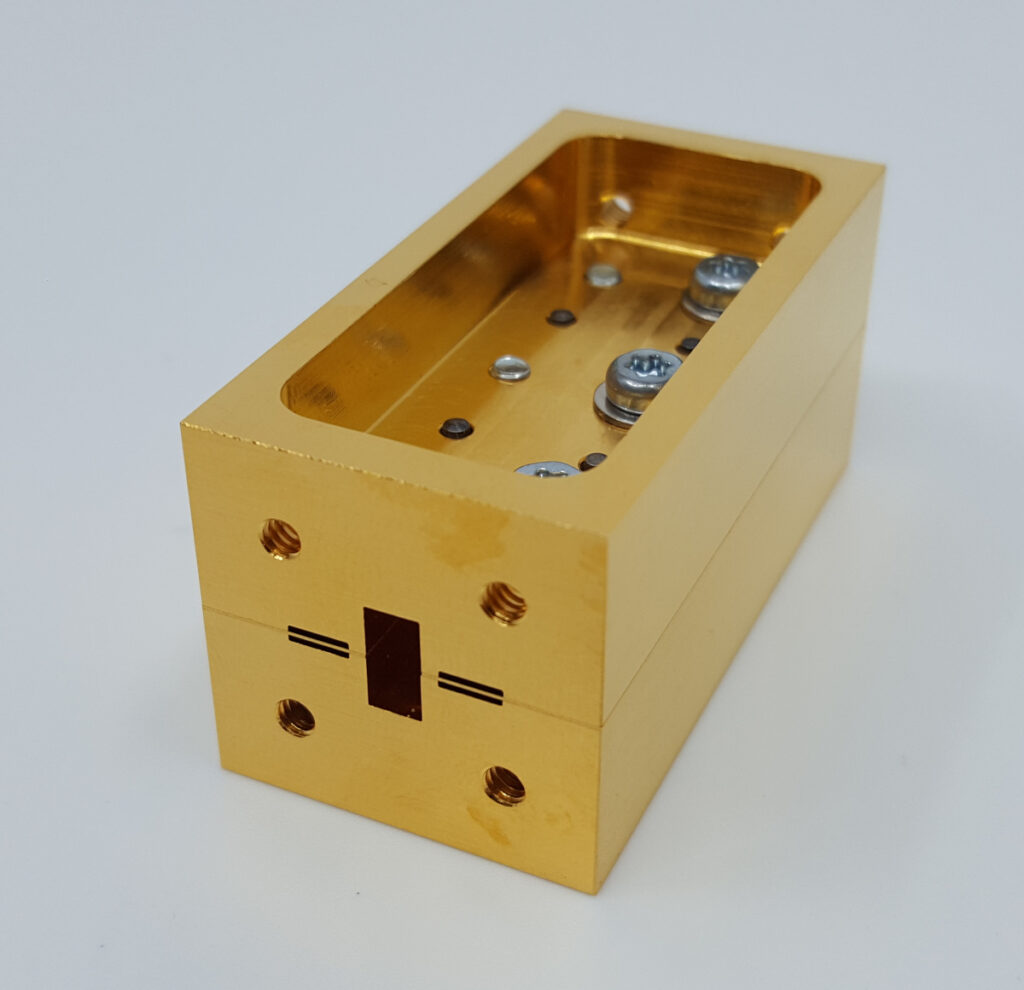
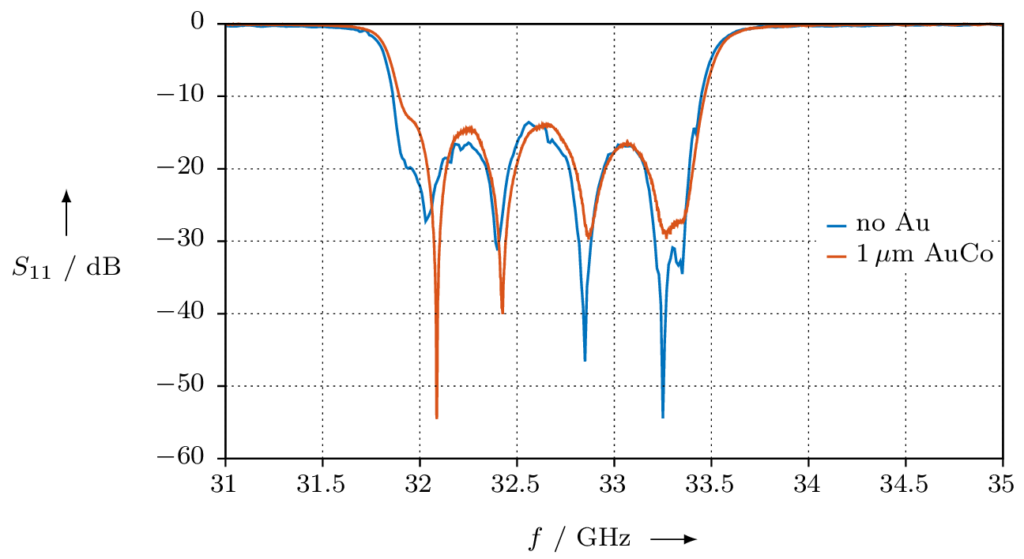
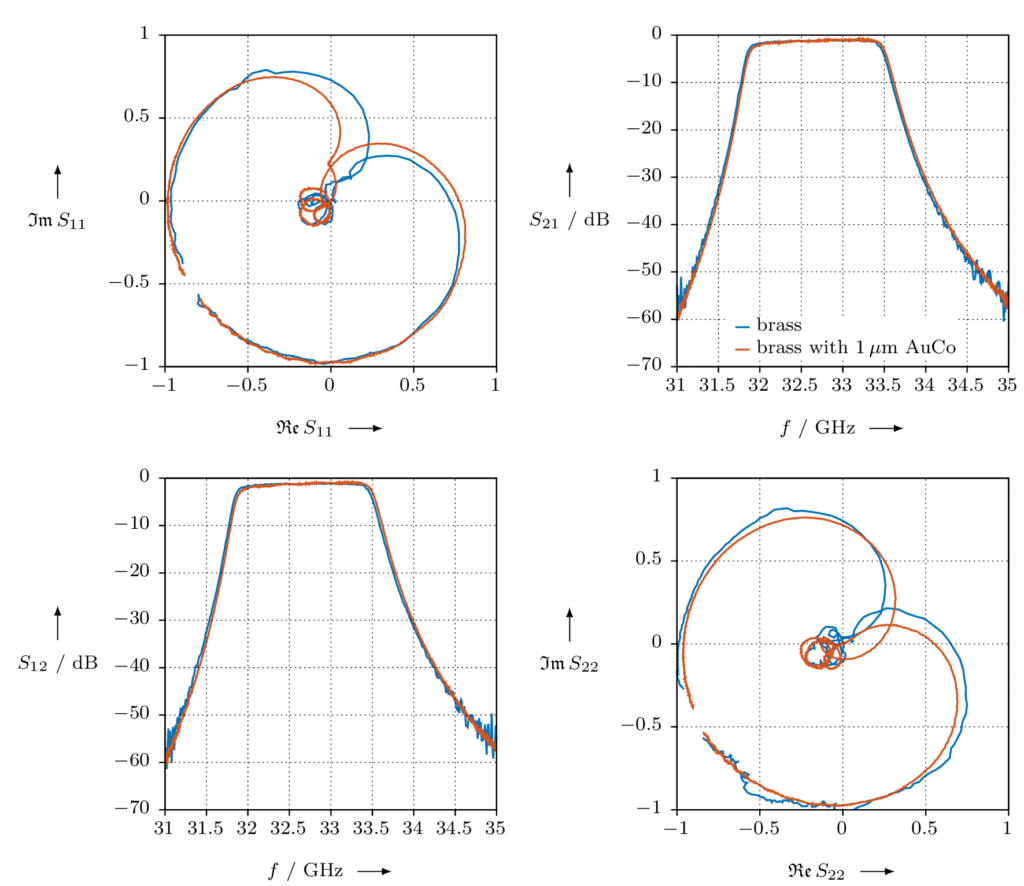
The filter is a bandpass filter using coupled resonators that works in Ka band, it is of the so-called “E-plane septum” type. I made it in split-block technique from brass, with the septum being waterjet cut. The parts were afterwards gold plated.
Ka band directional coupler
For the same reason I made the above filter, I made this directional coupler. I just wanted to investigate if I can make a Chebyshev multi-hole directional coupler.
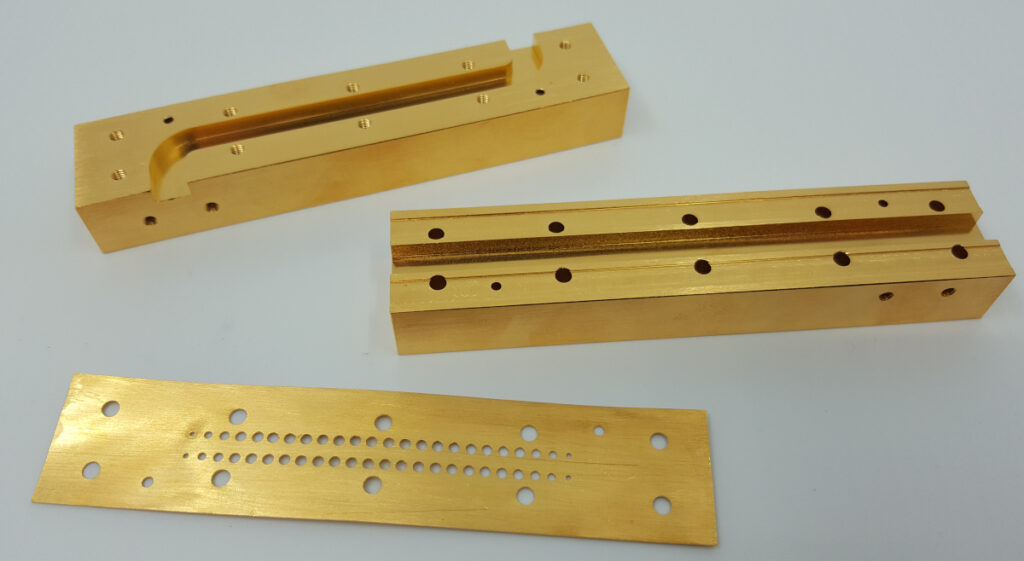
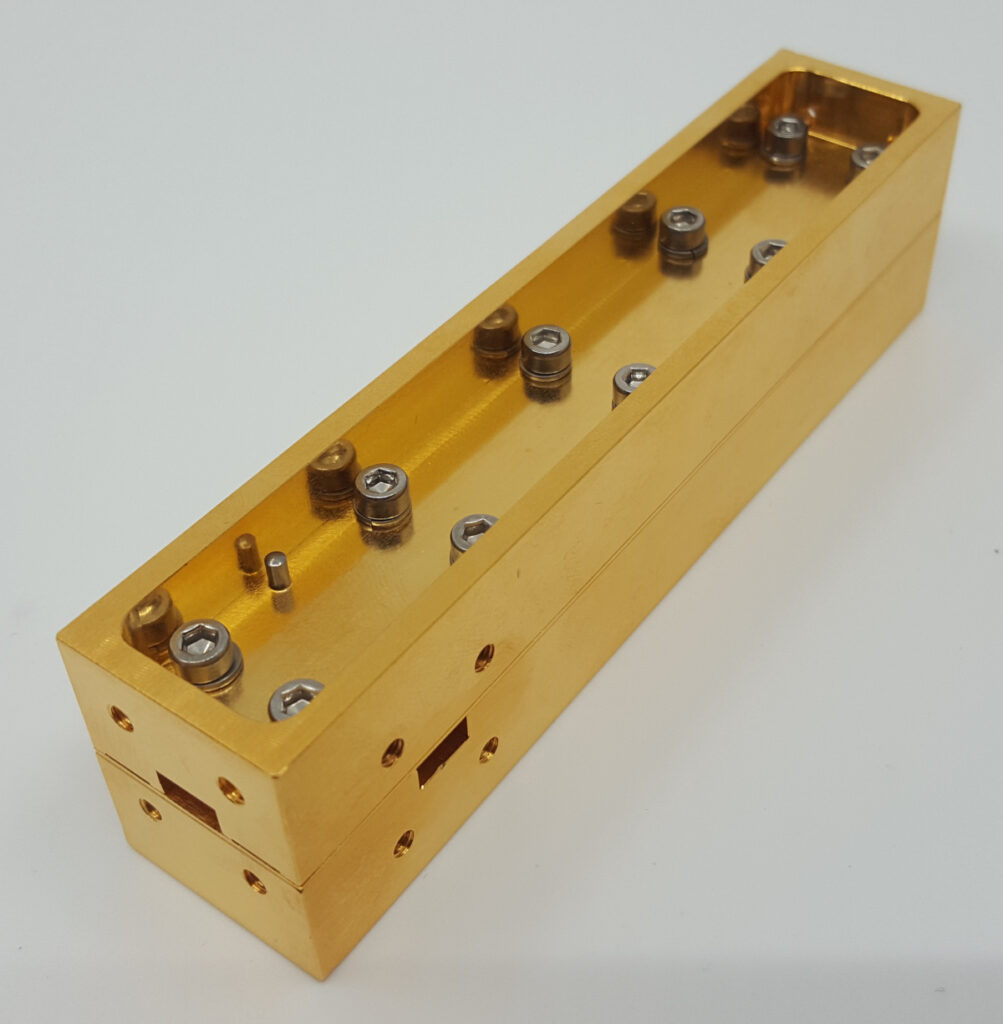
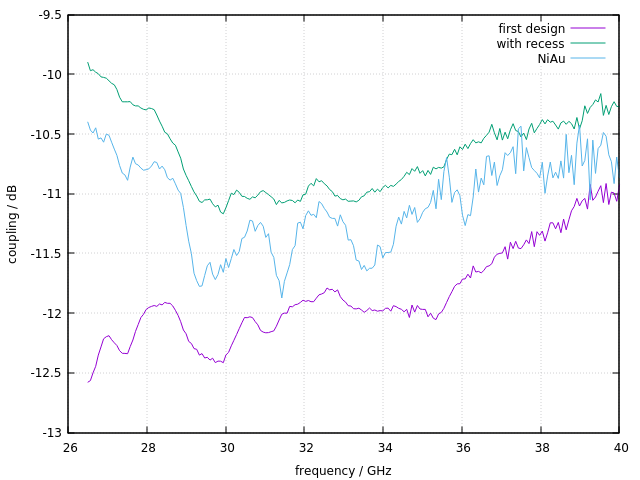
Cavity oscillator
This is an oscillator that operates at 2.2 GHz. A rectangular cavity is used as frequency determining element, and a MMIC amplifier is used as the active element.
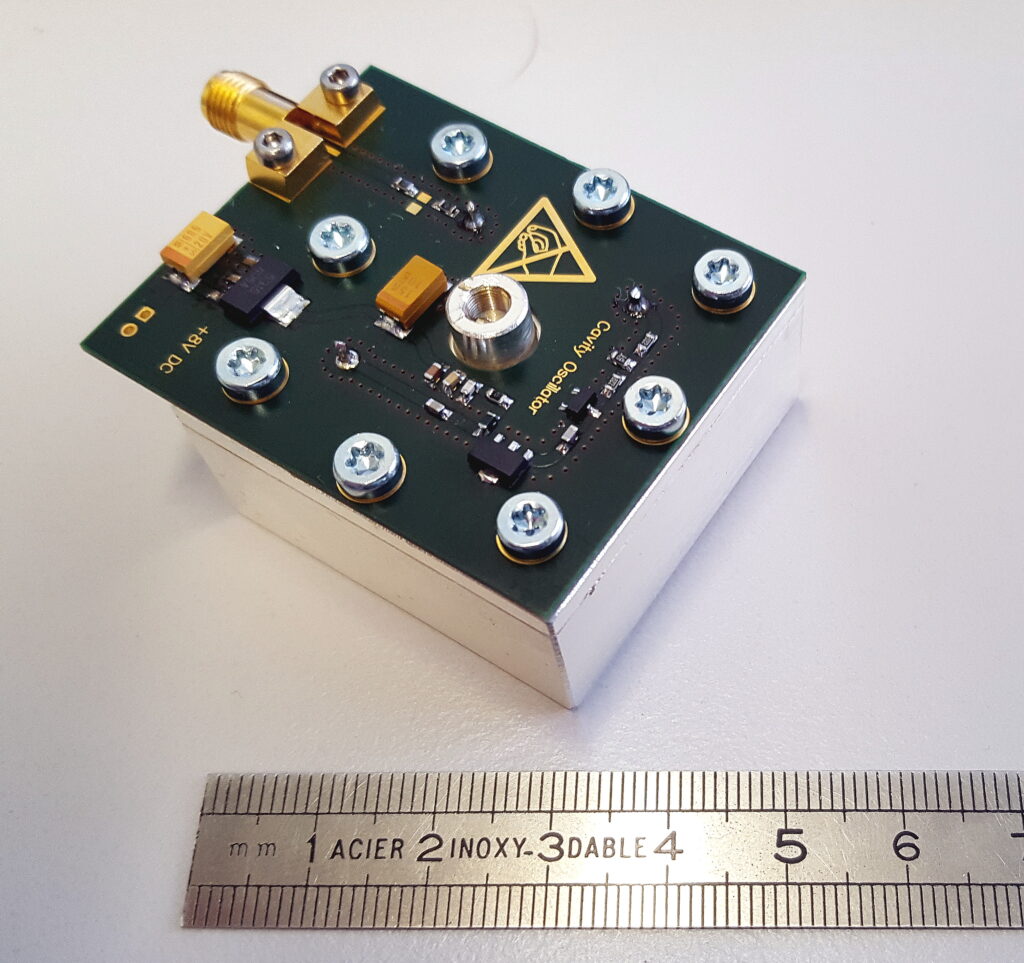
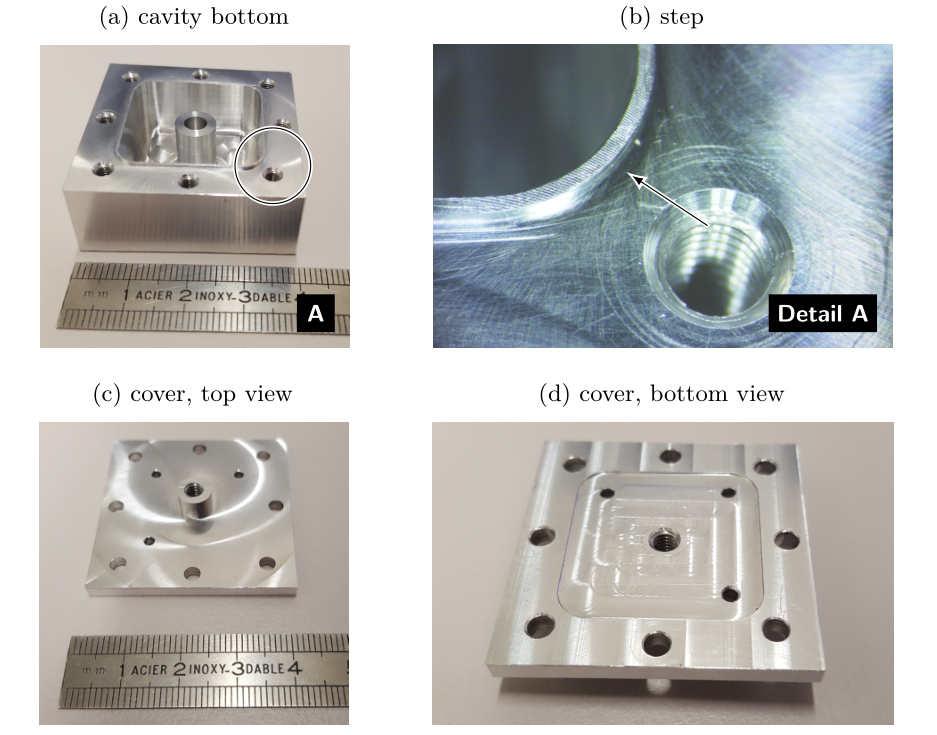
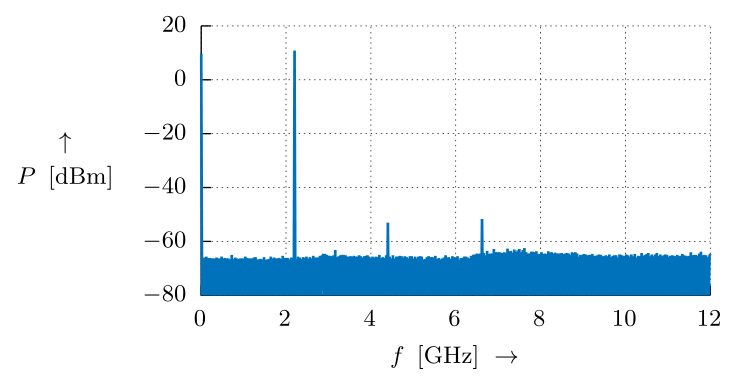
Microstrip filter
Not really special; this is a coupled resonator microstrip bandpass filter. However I found it really nice. However this was my absolutely first design of this kind, for this reason, the simulation is a bit off in comparison with the measurement. But at least the filter looks nice.
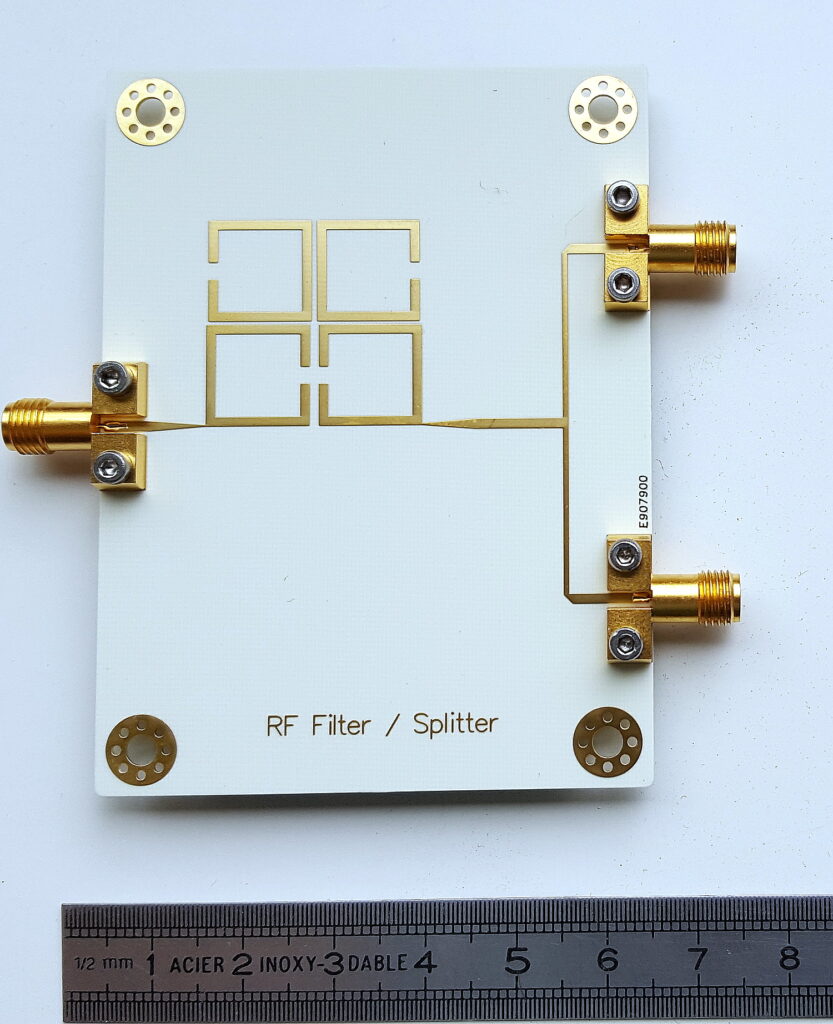
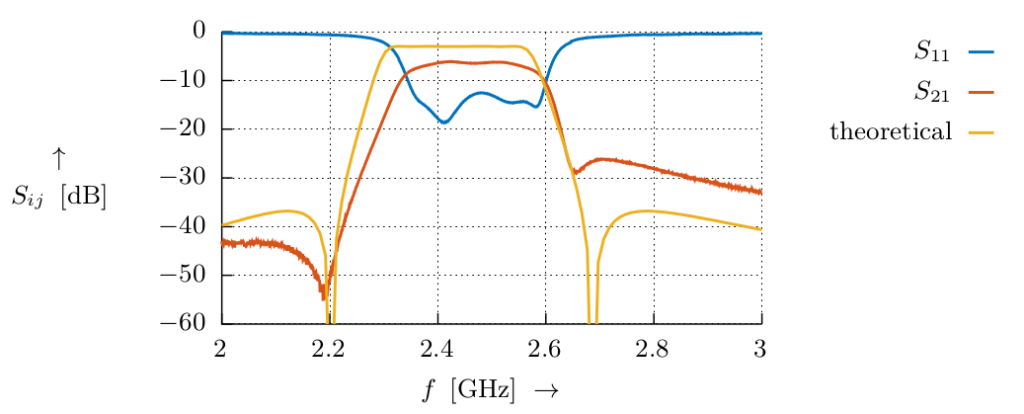
Coaxial Cavity Filter
Inspired by the book from Zverev, I made this coaxial cavity filter. The resonators are coaxial in order to lower their resonant frequency. In the top cover (not shown in the pictures) there are tuning screws that allow for adjustment of the resonant frequency of each resonator and thus, the frequency response of the filter can be adjusted.

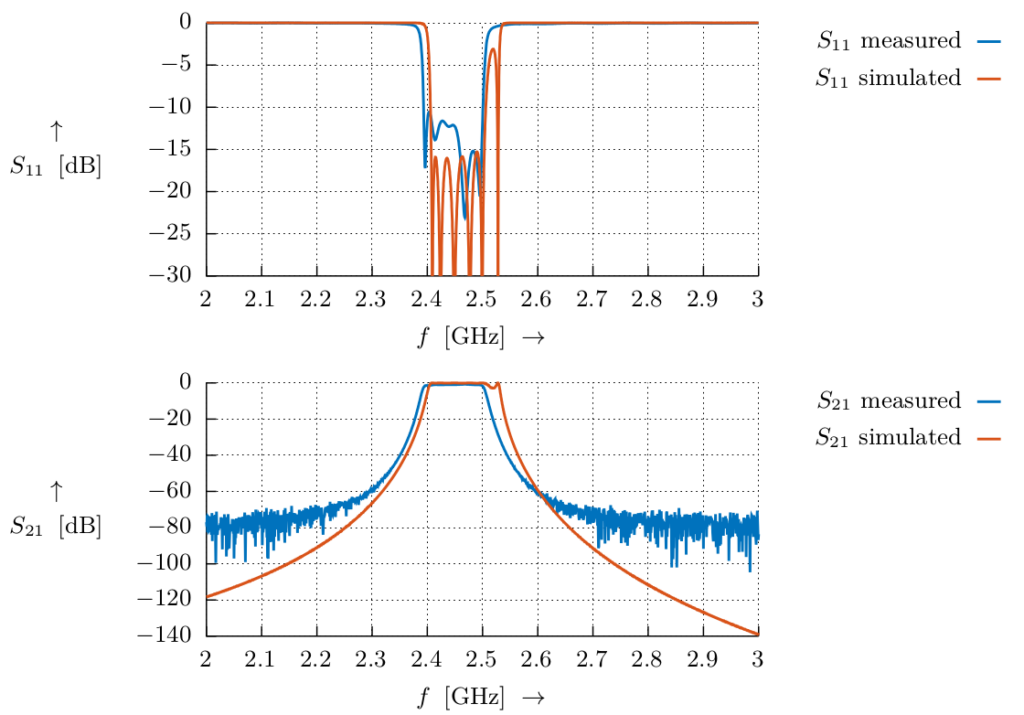
YIG oscillator
So I had this HP 8341A signal generator that works from 10 MHz to 20 GHz. However the signal generator was somehow broken, as it could not achieve lock. After a very long time of searching for the problem, I found that the YIG oscillator had some problems. Since the instrument was anyways not usable, I decided the open the YIG and attempt a repair – and unbelievably, it worked!
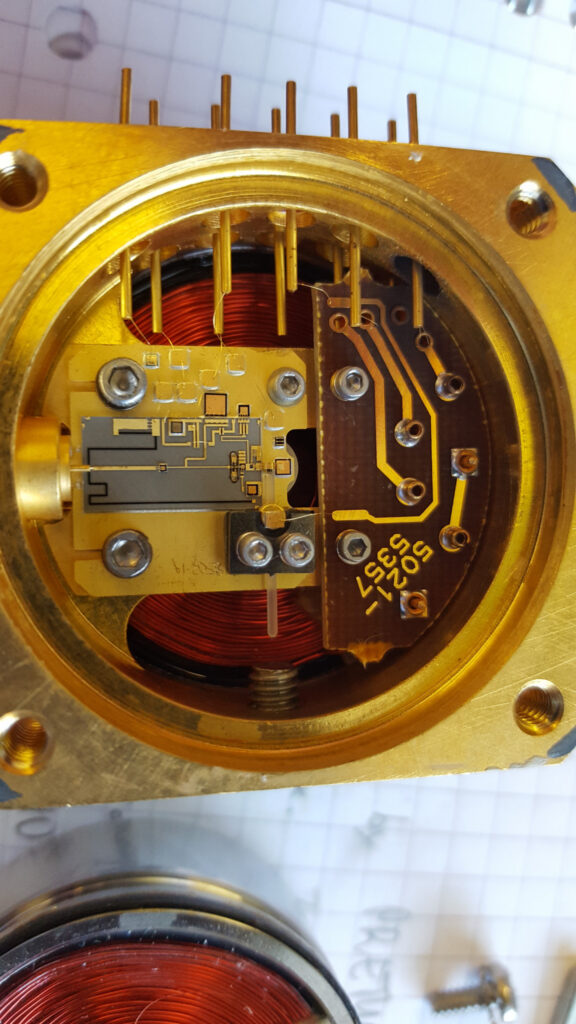
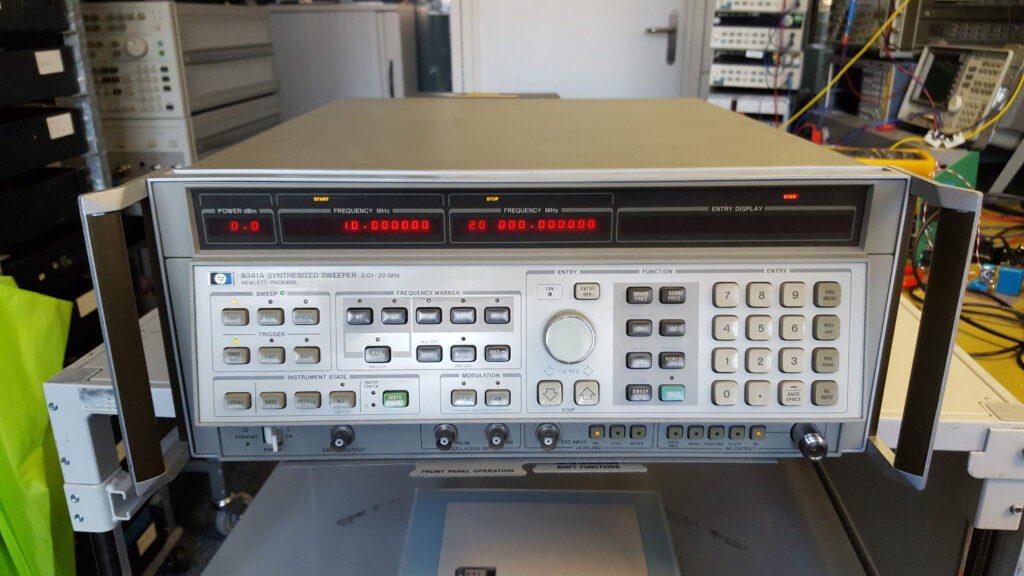
The problem was that one of the feedtrough capacitors had a short. I managed to solder a tiny wire at the appropriate place, circumventing the broken feedthrough capacitor, and the YIG worked again.